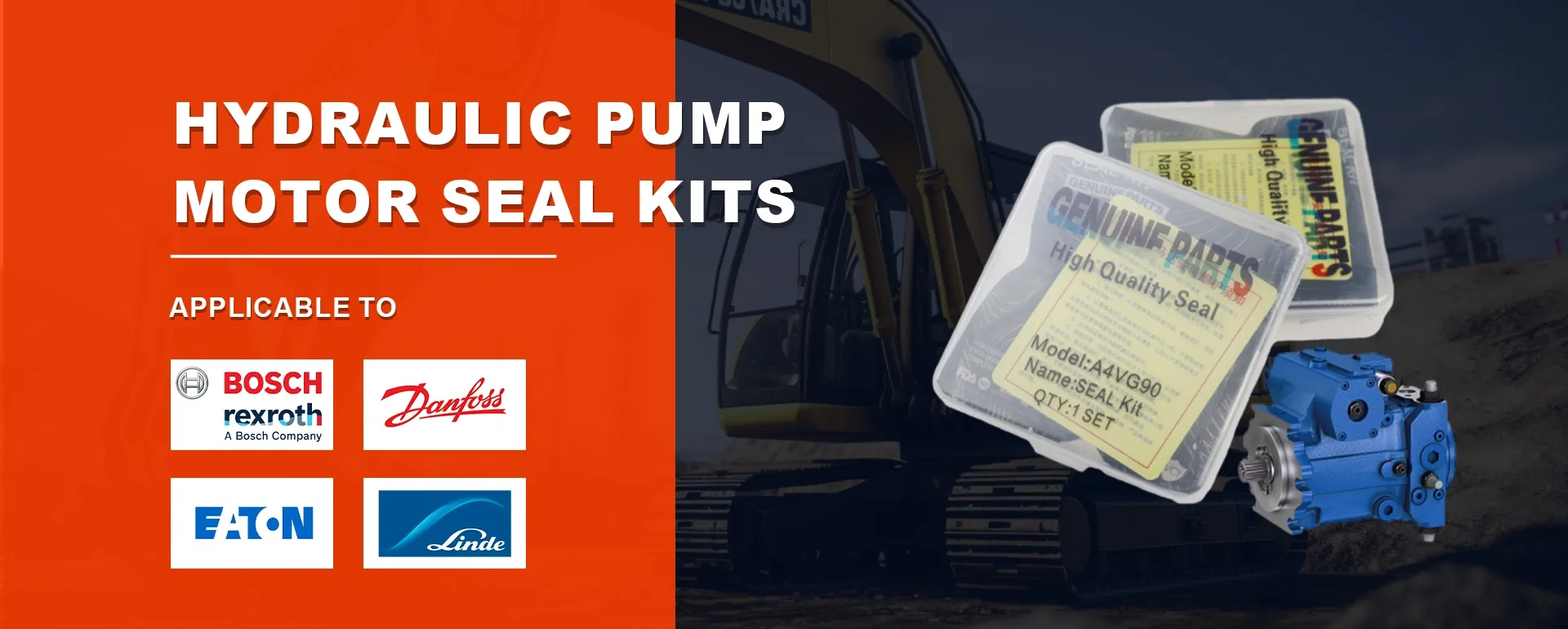11 月 . 04, 2024 12:43 Back to list
Hydraulic Seal Repair Tips for Improved Performance and Longevity in Equipment Maintenance
Hydraulic Seal Repair A Comprehensive Guide
Hydraulic systems are pivotal in various industries, powering machinery and equipment that perform essential tasks. These systems rely heavily on hydraulic seals to maintain pressure, prevent leaks, and ensure smooth operation. However, over time, hydraulic seals can wear out or become damaged, leading to leaks and inefficiencies. Consequently, understanding hydraulic seal repair is crucial for maintaining the integrity and functionality of hydraulic systems.
Understanding Hydraulic Seals
Hydraulic seals play a vital role in sealing the gaps between components in hydraulic systems, preventing fluid leakage and contamination. They come in various styles and materials, each designed to cater to specific applications and environments. Common types of hydraulic seals include O-rings, piston seals, rod seals, and backup rings, among others. The choice of seal material—such as rubber, polyurethane, or PTFE—depends on factors like the type of hydraulic fluid used, temperature, pressure, and the potential for chemical exposure.
Signs of Seal Failure
Identifying the signs of hydraulic seal failure is the first step in timely repairs. Common indicators include
1. Fluid Leaks One of the most apparent signs of seal failure is visible fluid leaks around the hydraulic components. This not only leads to fluid loss but can also cause environmental hazards and operational downtime. 2. Performance Issues If machinery powered by hydraulic systems operates with reduced efficiency or responsiveness, it could be due to compromised seals.
3. Unusual Noises Hissing or grinding noises from a hydraulic system may indicate that seals have become damaged or ineffective, allowing air to enter the system.
4. Increased Temperature Overheating in hydraulic systems can also be a consequence of seal failure, leading to further degradation of components.
Repairing Hydraulic Seals
Once you identify a seal failure, prompt action is essential to prevent further damage. Here are the steps involved in hydraulic seal repair
hydraulic seal repair

1. Shut Down the System Before beginning any repairs, ensure that the hydraulic system is completely shut down and depressurized. This safety measure protects both the technician and the equipment.
2. Identify the Seal Type Determine which seal needs replacing. Consult the equipment's service manual to identify the correct seal type and specifications.
3. Disassemble Components Carefully disassemble the components surrounding the damaged seal. Take care to note the order of disassembly to simplify reassembly.
4. Remove the Damaged Seal Use appropriate tools to remove the old or damaged seal. Inspect the seal groove for any signs of damage or wear that could affect the new seal's performance.
5. Install the New Seal Apply a compatible lubricant to the new seal to facilitate installation. Ensure it’s correctly positioned in the groove and avoid stretching or twisting the seal during installation.
6. Reassemble and Test Reassemble the hydraulic components in the reverse order of disassembly. Once everything is put back together, gradually restore pressure to the system while monitoring for any leaks.
Preventative Measures
To extend the lifespan of hydraulic seals and minimize repair needs, regular maintenance is crucial. Periodic inspections can help detect early signs of wear and tear. Additionally, maintain clean hydraulic fluid and replace it as recommended to prevent contaminants from degrading the seals.
Conclusion
Hydraulic seal repair is an essential aspect of maintaining hydraulic systems. By understanding the signs of seal failure and following a systematic approach to repair, operators can ensure that their hydraulic equipment remains efficient and reliable. Regular maintenance and proactive measures can greatly reduce the likelihood of costly repairs and extend the life of hydraulic systems, ultimately benefiting overall operations.
-
The Power of Advanced Sealing: High-Pressure Solutions for Modern Machinery
NewsOct.29,2024
-
Optimizing Machinery with High-Performance Oil Seals
NewsOct.29,2024
-
Maximizing Machinery Efficiency with Advanced Oil Seals
NewsOct.29,2024
-
Ensuring Equipment Longevity with Quality Oil Seals
NewsOct.29,2024
-
Enhance Equipment Performance with Quality Oil Seals
NewsOct.29,2024
-
Custom Oil Seals for Specialized Machinery Needs
NewsOct.29,2024
-
The Role of Wiper Seals in Dust Sealing and Oil Protection
NewsOct.20,2024
Products categories
















